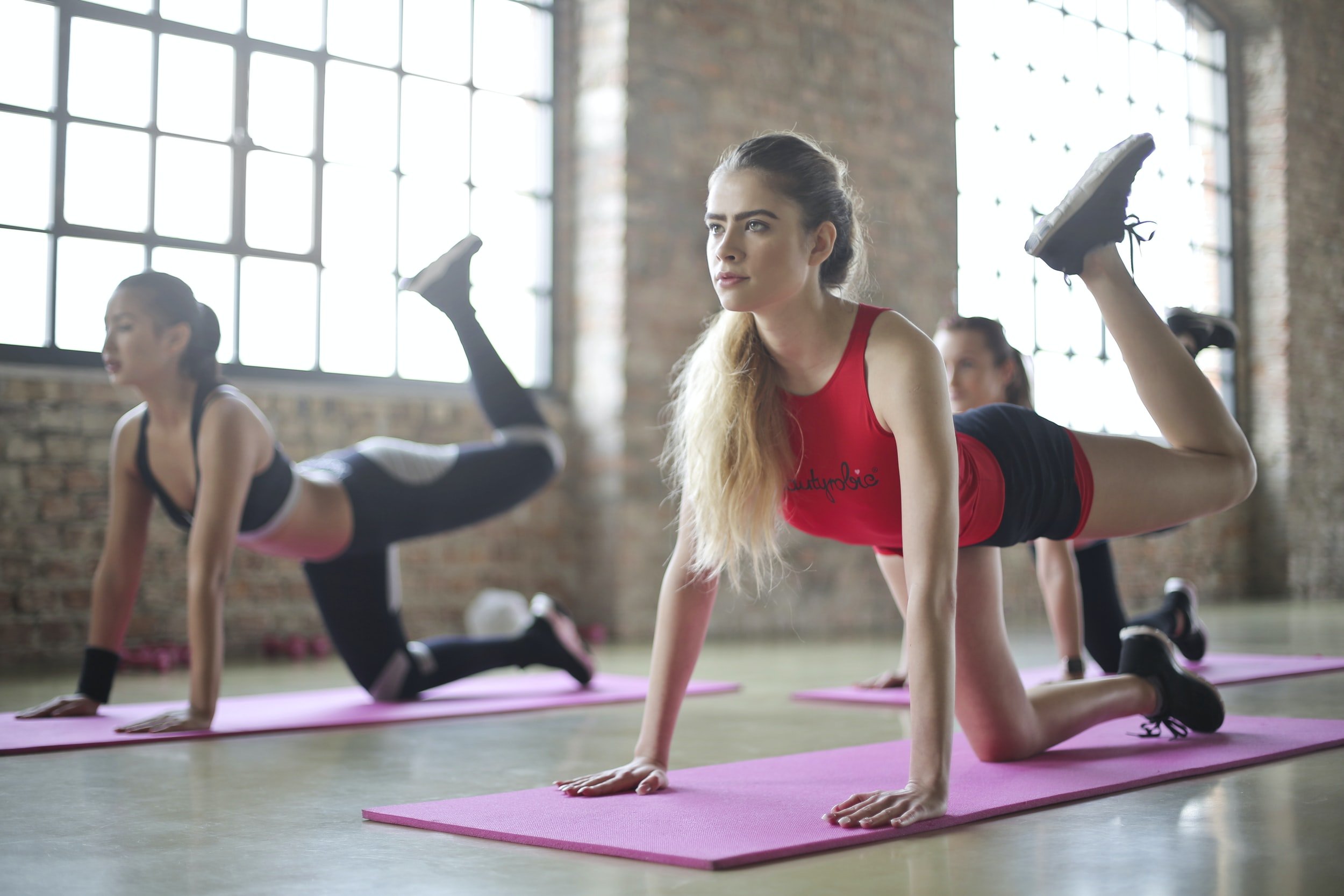How to Improve Circulation in Your Legs
Why You Need Good Blood Flow
The circulation system is responsible for sending blood, oxygen, and nutrients to every corner of your body. When your blood circulation is poor, it slows the blood flow and your body parts might not get enough nutrients needed. Poor blood circulation is most common in your legs and arms.
Signs of Poor Circulation
The most common symptoms of poor circulation include:
Numbness: when the limbs don't get enough blood, numbness in the hands and feet can occur
Dry skin, brittle nails, loss of hair
Tingling: If you have light skin tones, you may notice a blue tinge in legs
Pain
Muscle cramps
Slow-healing wounds
Tips To Increase Blood Circulation In Legs
Stay Hydrated
Up to 70% of our body is water and half of the blood is water. When one is well-hydrated, it's easier for the heart to pump blood through blood vessels to the muscles. How much water you need depends on your weight, weather and activity levels. Aim for 1.2 liters of water a day and drink more if you exercise in hot weather. Avoid waiting until you are thirsty to drink because you're already dehydrated at that point.
Stop Smoking
Whether it's tobacco or electronic cigarettes, both harm your arteries and thicken your blood. Quitting smoking can help support blood circulation and protect the veins and blood vessels.
Change Your Position
Sitting or standing for long hours can weaken leg muscles and slow the blood flow in the legs. If you have to sit or stand for work, try out these techniques:
Sit with both feet on the floor in front of you and raise your legs or rotate your ankles once in a while.
Take a short break to fill in your glass of water.
Elevate your legs whenever possible. This habit is especially good to do before going to bed.
Low-Impact Exercises
Yoga: Yoga is a low-impact exercise that can boost blood flow effectively. The variety of movement, which includes twisting and upside-down positions can bring oxygen to all parts of the body and help bring the blood upward to your heart and brain from the legs.
Walking, biking, running or swimming: These exercises help you take in more oxygen and supports healthy blood circulation, lower blood pressure, making your muscles and heart stronger.
Wear Compression Stockings
Compression stockings can help stimulate your blood flow a lot, especially if you have to sit or stand for a long time at work. A compression hose causes leg muscles to contract and relax often. It's recommended that you wear compression stockings in the morning and take them off before going to bed. Consult your vein doctor about the types or amount of pressure that is best for your condition.
Read More: All You Need to Know About Compression Stockings
Eat a Balanced Diet
Obesity is a common cause of poor circulation. Eating numerous vegetables, reducing the consumption of saturated fat and salt can help you maintain a healthy weight. In addition, vitamins provided in a healthy diet can strengthen blood vessels and prevent the development of vein disease or blood clots.
Learn more about a diet for good blood circulation:
Try Massage or a Warm Bath
It's a temporary fix, but a professional massage or warm bath can make your arteries and veins open wider and help your circulation. You can massage your legs to release the tightening muscles and stimulate the blood flow after a long day.
When To See a Vein Doctor Near You
If you have poor circulation, it's important to discuss the symptoms with your doctor because it may signal an underlying condition. A disease that leads to poor circulation can worsen over time and pose a life-threatening complication. Therefore, it's important to work with a vein doctor to diagnose and determine the cause of your poor circulation and determine a treatment plan.
Interested in a comprehensive lifestyle to improve blood circulation for your legs? Schedule a free screening with our vein specialists at (888)-782-8346. We have 10 convenient vein clinics across South Dakota, Iowa and Minnesota where you can schedule a free vein screening.


